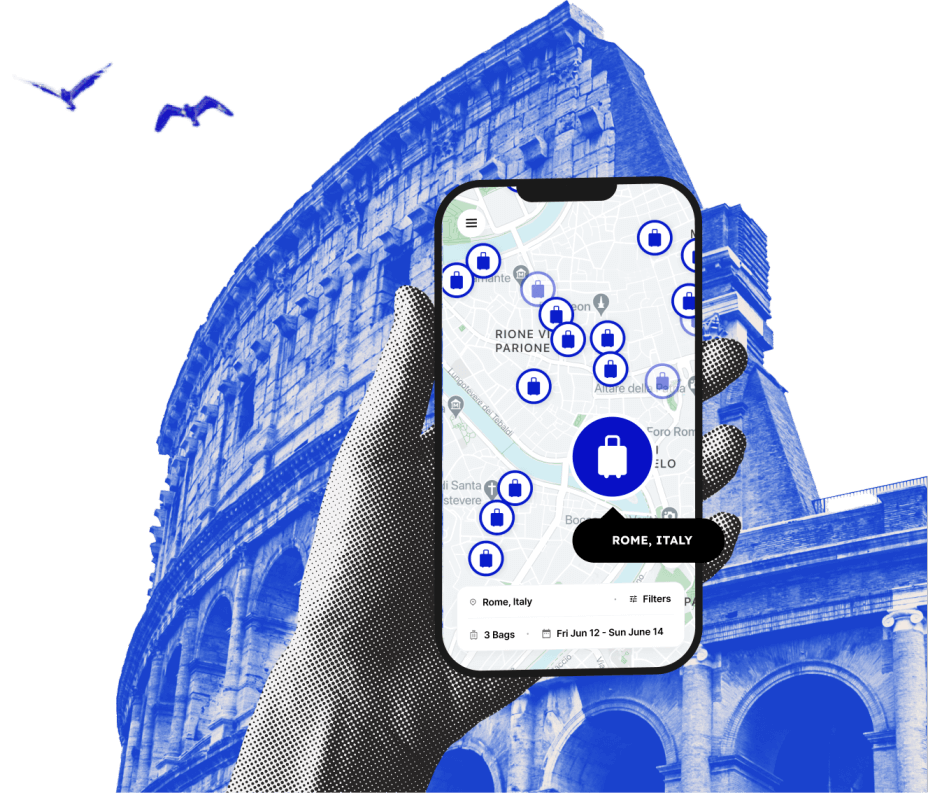The Best Time to Visit New York 2024: the Ultimate Guide
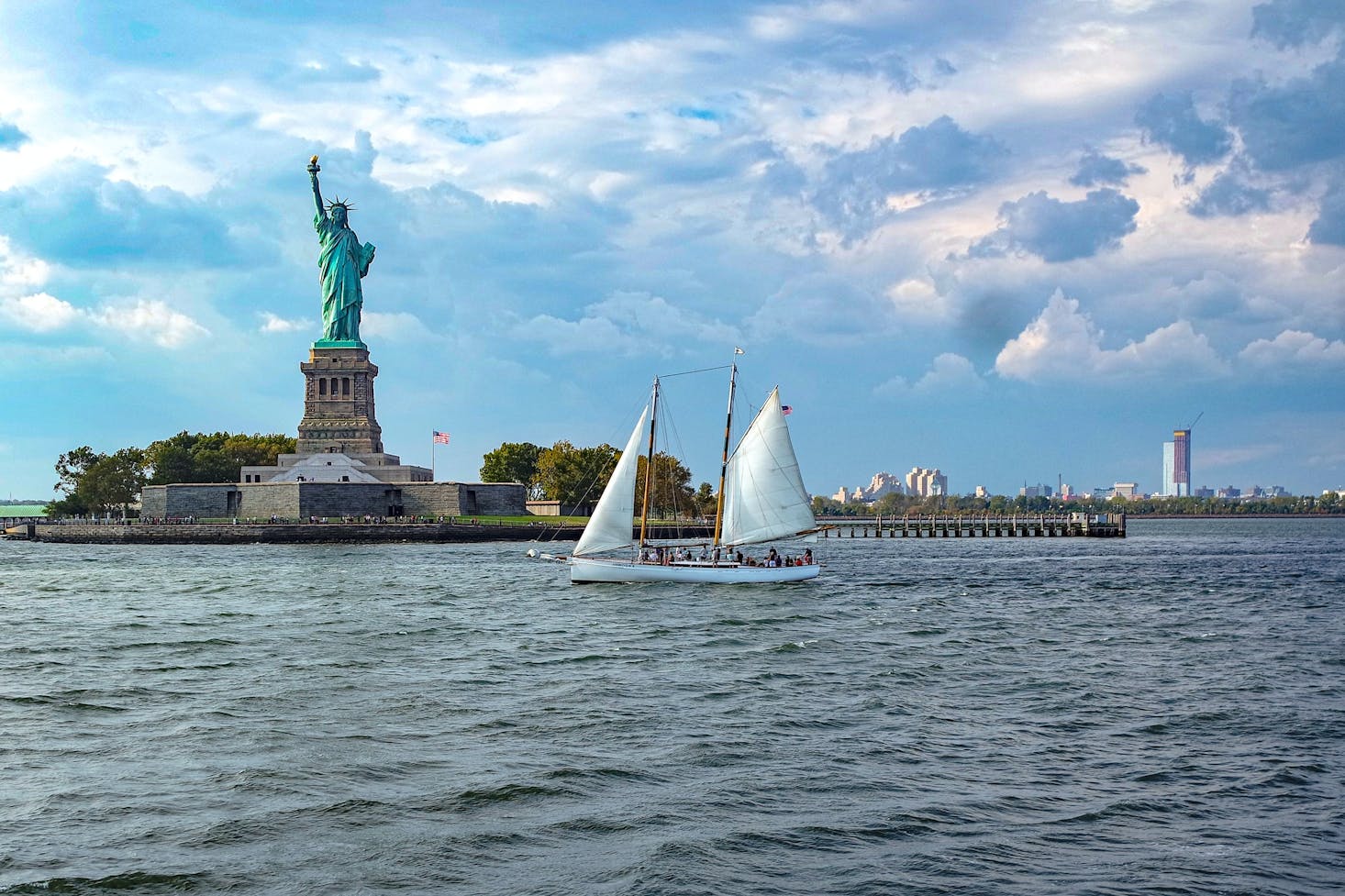
New York City is synonymous with so many things like Times Square, the Empire State Building, and Central Park to name a few. That may be why so many people visit the city every year. In fact, New York City gets almost 67 million visitors annually. In fact, it is number seven on the list of the top 20 most visited cities in the world.
Made up of five boroughs, New York City is a unique place with nicknames like The Big Apple, Gotham, and The City That Never Sleeps. The five boroughs include Staten Island, Brooklyn, Manhattan, Queens, and the Bronx. Each one has its own culture, ambiance, and attractions.
Another thing about New York City is that it has all four seasons. Summer is hot, winter is cold, and spring and summer are warm without being hot and cool without being cold. But no matter the weather, there is always something to do from ice skating at Rockefeller Center in the winter to boating in the summer months.
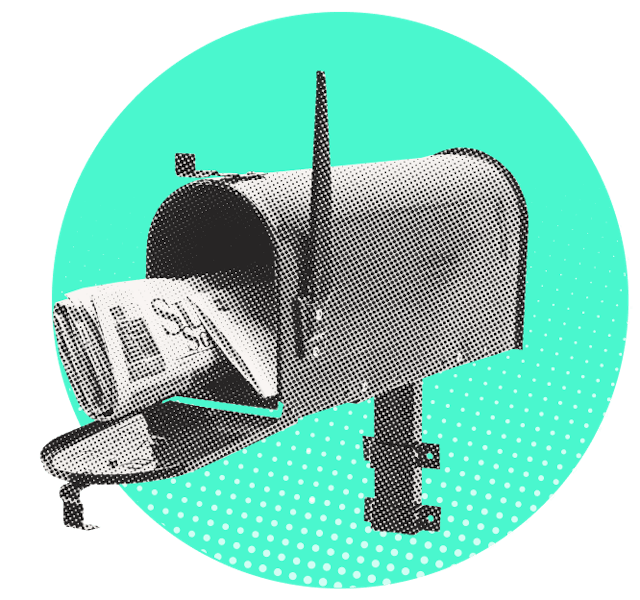
Love discounts and traveling?
Sign up for our newsletter and get 10% off your next booking.
One of the all-season spots in New York City, Central Park, boasts something fun for everyone no matter whether it is early November or late summer. Then there are the holiday season events such as the Macy's Thanksgiving Day Parade, New Year's Eve ball drop in Times Square, and Fleet week on Memorial Day weekend.
No matter when you plan on visiting NYC, there is always something going on. Visit during early November to see the fall foliage and holiday decorations or in mid-August for a game at Yankee Stadium. But remember, there is no need to drag your briefcase, backpack or any other personal gear around the city. Find a nearby baggage storage site to leave your belongings while you enjoy all there is to do.

Summer in New York City: June - August
Summer in New York City can be brutal. The climate is considered to be humid subtropical, which you can really tell in the summer months. Not just the temperatures but the humidity averages over 65% with a dew point of 60.5 °F (15.8 °C).
In June, you can expect temperatures of 80 °F (26.5 °C) for the high. July brings average high temperatures of 77.5 °F (25.3 °C). And the average high temperatures in August are 83.3 °F (28.5 °C).
During the summer, rainfall can be heavy with thunderstorms in the late afternoons. The average rainfall from June through August is about 4.3 inches per month. And the average amount of sunshine is 264.6 hours per month.
You will want to pack cool clothes such as tank tops and tee shirts with shorts and slacks. Early June is usually pleasant weather where you may need long sleeves or even a light jacket in the evenings.
New York City is most crowded during the summer than any time of the year. In fact, summer tourists add another 67 million people to the city between Memorial Day and Labor Day. This is when hotel prices rise along with the temperatures as companies try to cash in on the tourism rush.
New York City is popular in the summer because of the festivals (including fun music festivals), beaches, and other outdoor activities that typically end in early September. For example, Central Park has over 100 outdoor activities to enjoy including the zoo, over six miles of trails, boat rides, and fishing.
You can also enjoy thrill rides and carnival food at Luna Park at Coney Island, catch a baseball game at Yankee Stadium, and explore the vibrant colored flora at New York Botanical Garden in late August. Or spend the day at Brooklyn Bridge Park where you can enjoy the beaches and other fun.
If you do not like crowds, you may want to visit NYC some other time of the year because the city attracts millions of people every year. Add that to the millions that already live there, and you may feel a bit overwhelmed. Although it is crowded year-round, summer brings major crowds.
Fall in New York City: September - November
One thing tourists love about the fall in New York City is the fall colors. Another bonus is the cooler weather when it is just getting cool, but it is not cold yet. There are fewer tourists, which is good because you can get some great discounts.
In September, you will see a high of around 76.2 °F (24.6 °C) and 62.3 °F (20.7 °C) for the low. October is typically about 64.5 °F (18.1 °C) for the high with an average low of 51.4 °F (10.8 °C). November drops further with an average temperature of 54 °F (12.2 °C) for the high and 42 °F (5.6 °C) for the low.
During the fall, rain is not as heavy as in the summer. The average rainfall from September through November is about 4.1 inches per month. However, there is a possibility of about 1/2 inch of snow in November, which isn't that much. And the average amount of sunshine is 193.8 hours per month.
Pack warm clothes for fall in New York City because the temperatures start dropping at night in late September and you will want a jacket or maybe even a coat. Early fall is not so bad but late November can get down in the low 40s °F or even upper 30s °F.
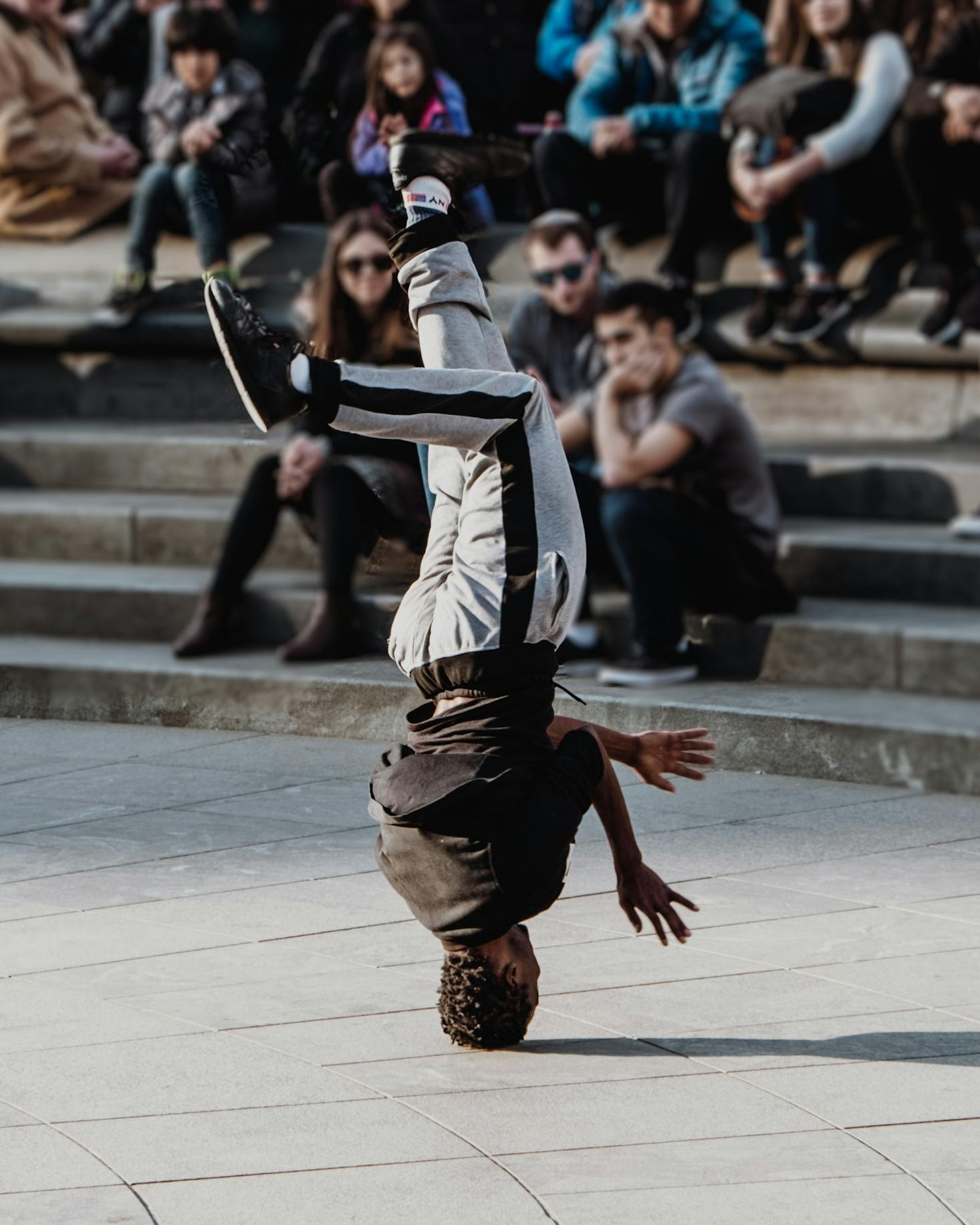
Fall in New York City: September - November
One thing tourists love about the fall in New York City is the fall colors. Another bonus is the cooler weather when it is just getting cool, but it is not cold yet. There are fewer tourists, which is good because you can get some great discounts.
In September, you will see a high of around 76.2 °F (24.6 °C) and 62.3 °F (20.7 °C) for the low. October is typically about 64.5 °F (18.1 °C) for the high with an average low of 51.4 °F (10.8 °C). November drops further with an average temperature of 54 °F (12.2 °C) for the high and 42 °F (5.6 °C) for the low.
During the fall, rain is not as heavy as in the summer. The average rainfall from September through November is about 4.1 inches per month. However, there is a possibility of about 1/2 inch of snow in November, which isn't that much. And the average amount of sunshine is 193.8 hours per month.
Pack warm clothes for fall in New York City because the temperatures start dropping at night in late September and you will want a jacket or maybe even a coat. Early fall is not so bad but late November can get down in the low 40s °F or even upper 30s °F.
You will not have too many people to deal with in the fall besides the locals so you can visit New York City attractions without the holiday crowds. Tourism drops with the temperatures as more people flock to Florida or the islands. The city's parks start thinning out and you can enjoy dining at local restaurants without having a reservation.
The Macy's Thanksgiving Day Parade is a big deal in Midtown Manhattan in late November and even Santa comes to visit in December at Central Park West. The lighting of the tree in Rockefeller Center gathers crowds from all over the world right after Thanksgiving.
Fall in New York is also a perfect time to visit the Statue of Liberty, Empire State Building, and Radio City Music Hall. Take a stroll through Central Park to see the changing colors of the trees. This is also a great time to visit Times Square before the busy holiday season so you can get some shopping done without the holiday crowds.
Those who want to visit the beach or enjoy some other water sports will not be happy with the temperatures in the fall. It is too cold for swimming, but you can still take a nice river cruise or tour boat ride. The flowers at the New York Botanical Gardens are not as vibrant during the fall either but some of the blooms are still around.

Winter in New York City: December - February
With such cold temperatures and so much snow, you may not think that winter in New York would be that appealing to tourists. But many people visit New York City to shop and to see the holiday window displays. But even with the holiday rush, you can expect fewer crowds in the city than usual.
In December, the average high temperature is 44.3 °F (6.8 °C). In January, which is the coldest month, you'll see highs around 39.5 °F (4.2 °C) and an average low of 27.9 °F (-2.3 °C). In February, the temperature starts to warm up again with a high of 42.2 °F (5.7 °C).
There is a high chance of snow every month, but the highest amount is usually in February. In December, the average is 4.9 inches, January brings approximately 8.8 inches, and February averages about 10.1 inches of the white cold stuff. Average sunshine is lowest in the winter with about 154.9 hours of sun per month.
Although you can check the forecast before packing, you should always remember to bring a warm coat with a hood, your snow boots, several hats, a few pairs of gloves, and lots of warm clothes. Think layers as well as bulky sweaters. It may not be Alaska, but it gets really cold with the wind chills up to -15 °F (-26.1 °C).
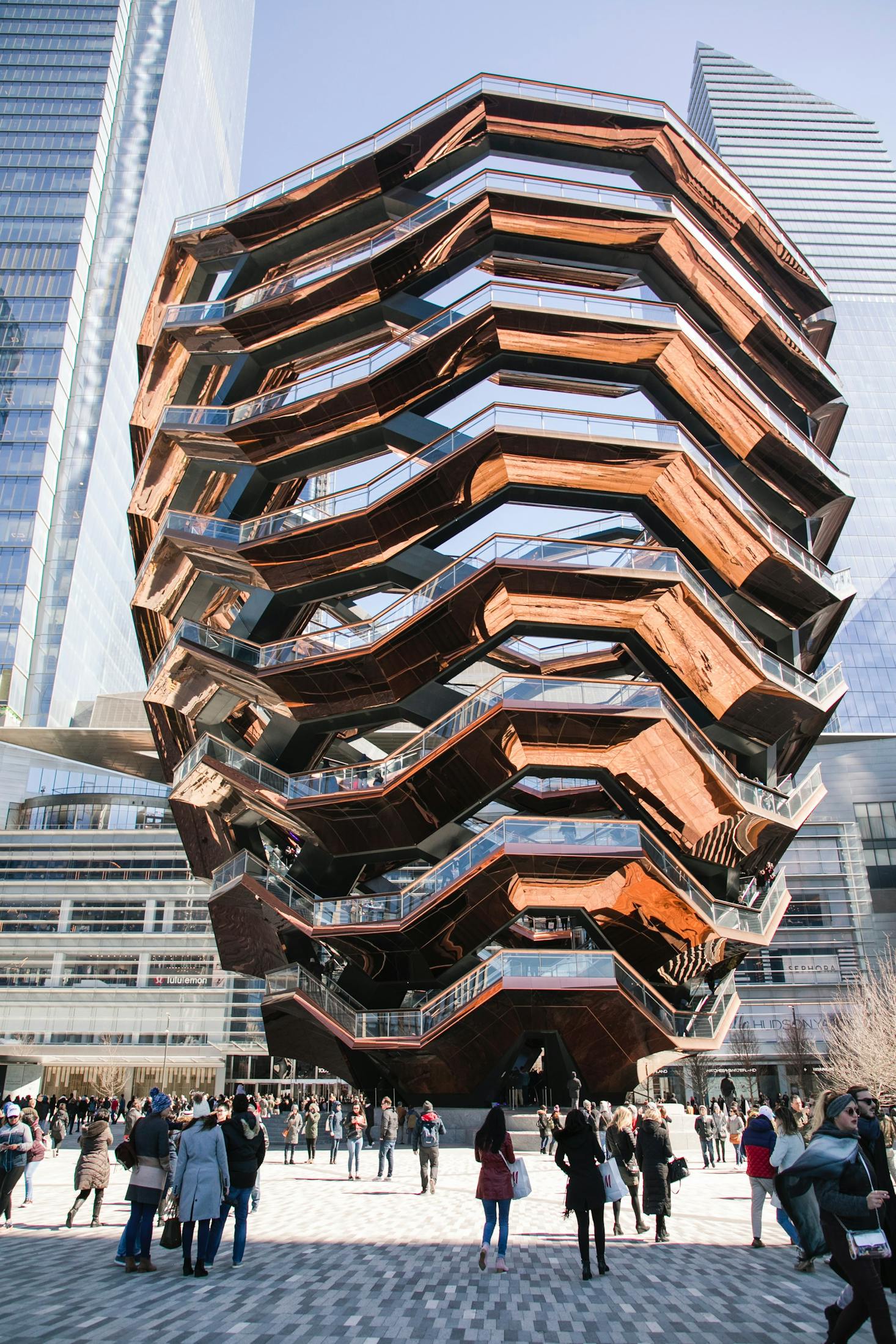
The summer crowds are long gone by December so you will not typically run into crowds beyond the usual New York locals. However, many tourists visit New York City in early January for the New Year's ball drop as well as Broadway week, winter holidays events, and the winter markets at Bryant Park and other locations.
Early December and the Christmas season are also popular times for shopping as everyone tries to finish up their Christmas lists. Take advantage of this time to dine out during New York restaurant week in January as the prices drop along with the crowds. Whether you like to eat juicy steaks or prefer dining at a vegetarian restaurant, you'll have plenty of choices.
Because the winter is the cheapest time to visit New York City, you may run into a few crowds at the major attractions but overall, the tourist crowds have headed to the tropical islands. Broadway season may start in September, but Broadway week starts at the end of January so grab your theater tickets and tickets to the Lincoln Center before you visit New York City.
You will not want to visit New York in the winter if you do not like the cold or the snow because you cannot avoid it if you leave your hotel room for anything. The worst winter weather occurs in early January, but late February is not so bad. Get into the holiday spirit with great deals as this may be the best time to visit New York.

Spring in New York City: March - May
As the temperatures start to rise in New York City, the flowers and trees start to bloom, and this is a fabulous time to see the Brooklyn Botanic Garden for the cherry blossom festival in early April. With mild weather in May, the crowds start to return everywhere, especially in Central Park.
March starts off chilly with high temperatures hovering around 50 °F (10 °C). April fares better as temps rise to an average high of 61.8 °F (16.6 °C). May is fantastic with temperatures of approximately 71.4 °F (21.9 °C) for a high.
Even though the temps in New York are starting to rise, it is still cold in the evenings during the spring, even in May. The average rainfall from March through May is just like fall with 4.1 inches per month but there is a slight chance of snow in March. The sunshine meter increases though with an average of 231.6 hours of sun per month.
This is a difficult season to pack for since the temperatures and weather are transitioning from winter to spring. The best thing to do is to pack for both seasons. That way you have what you need no matter what. Otherwise, you will be shopping for some clothes while you are in New York.
This may not be the cheapest time to visit New York City, but you will find a lot of two-for-one deals if you look and try to get some deals for special events like fashion week in March at Madison Square Garden. Although the Metropolitan Museum of Art and the American Museum of Natural History are popular in New York year-round, you can get some great deals in March.
High Line Park is popular in the spring as people start wanting to get outdoors and enjoy the warm temps. You may see some crowds as even the locals want to take part. All of the parks are perking up in the spring as the sunshine comes back to the city to warm everything up. Now is the time for a walk through Central Park or a tour boat ride where you can get some sensational views.
Just like fall and winter, if you plan to do some swimming or hit the beach, spring may not be the best time for your trip to New York. It will start getting warm in May, but it is probably not going to be warm enough to break out the swimming suits. And you are likely to get caught in a spring shower any time of the season here so pack an umbrella.
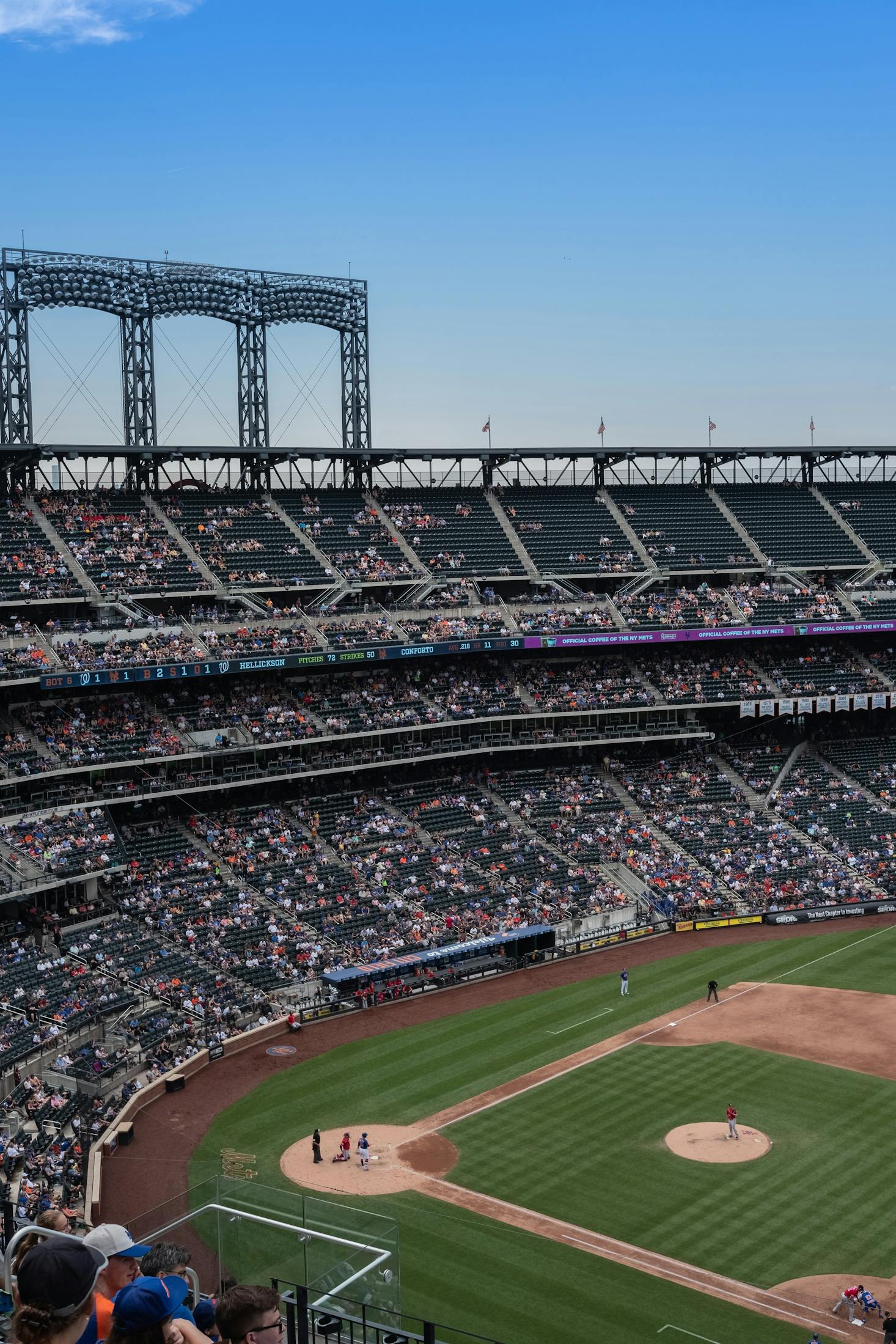
When is the best time to visit New York for you?
If you are coming to New York for beach time, summer is the best time, with late June and early July being the hottest times. Remember to bring the sunscreen and shades though, because the sun can be brutal. For those who want to see the changing seasons, visit during the fall months of late September and early October.
Winter is the best time for those who want to enjoy the holiday activities like Christmas shopping, New Year's Eve in Times Square, or seeing a Broadway show. This is also when the travel prices are lowest and hotel deals are abundant. Spring is perfect for those who want to see New York wake up and start blooming. Any time is a good time for a visit to New York though as there is always something to do!

Love discounts and traveling?
Sign up for our newsletter and get 10% off your next booking.
